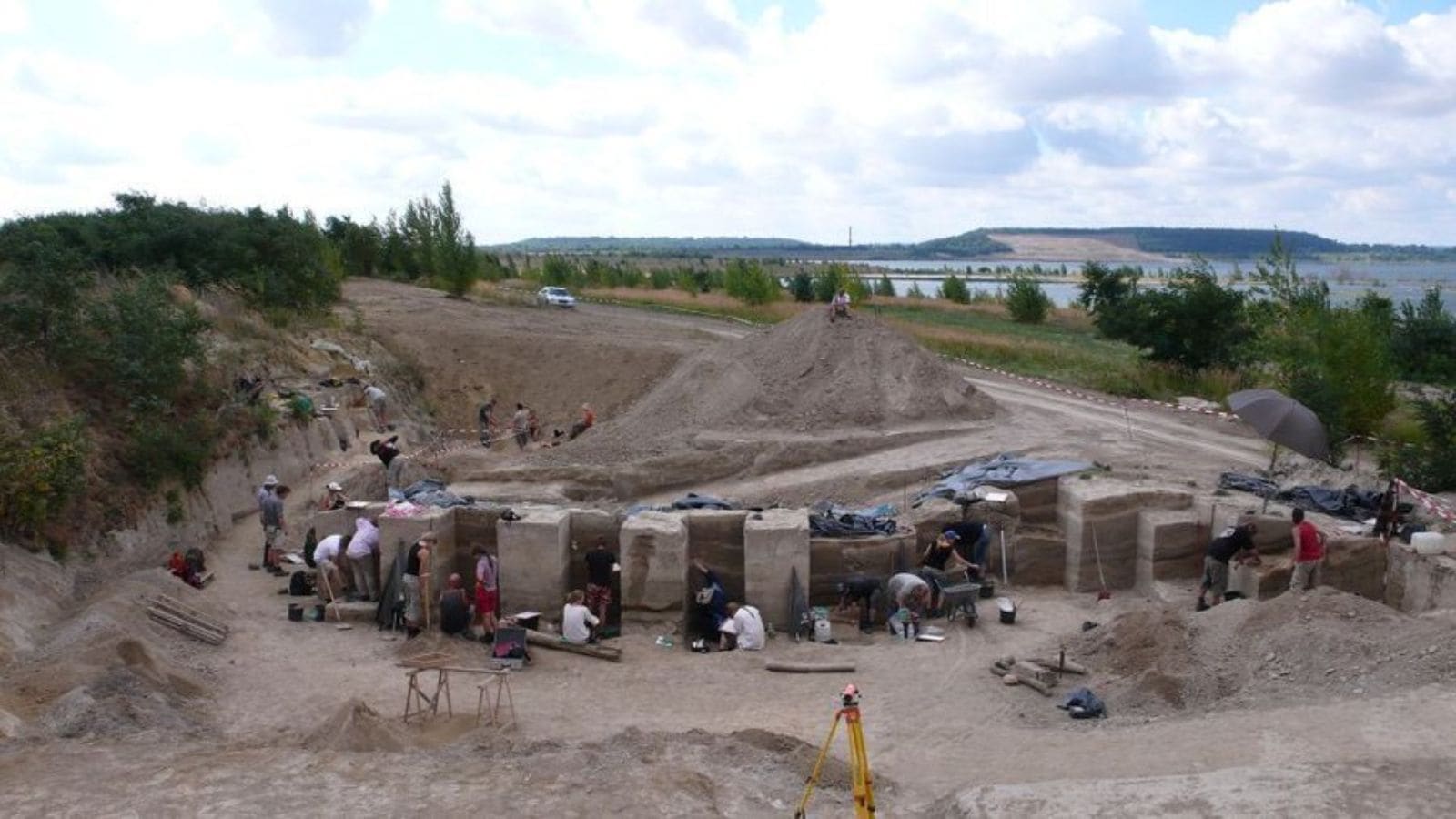Neanderthals living near a lake in what is now Germany may have run an early version of a “fat factory” around 125,000 years ago, scientists say. According to a new study reported by CNN, researchers found that these early humans broke animal bones and boiled them to collect fat, a key source of nutrition in their diet.
The evidence comes from Neumark-Nord, a site south of Halle in central Germany, where archaeologists analysed more than 120,000 bone fragments and 16,000 flint tools. The study, published in the journal Science Advances, also found signs of fire use near the bones and tools.
Researchers believe the Neanderthals crushed bones rich in marrow using stone tools and then boiled them to release fat. The fat, once separated, could be collected and stored. This process likely required planning and cooperation, showing how organised and skilled Neanderthals were in surviving their environment.
Story continues below this ad
“This attitude that Neanderthals were dumb this is another data point that proves otherwise,” said Wil Roebroeks, a coauthor of the study and professor of Paleolithic archaeology at Leiden University, speaking to CNN.
The researchers say that Neanderthals might have boiled the bones using containers made from tree bark, animal skins or stomach linings. They may have consumed the fat as a kind of broth, possibly mixing it with plants for flavour and extra nutrition.
Geoff Smith, another coauthor and zooarchaeologist at the University of Reading, said the charred remains of hazelnuts, acorns and sloe plums found at the site suggest Neanderthals added plants to their food. “They were master planners who could look ahead, organise complex tasks, and squeeze every last calorie from their environment,” Smith told CNN.
The researchers say the Neanderthals understood the dangers of eating only lean meat. Without enough fat in their diet, early humans risked malnutrition or “protein poisoning” — a condition caused by eating too much protein and not enough fat or carbohydrates. To avoid this, they likely relied on bone grease as a vital energy source.
Story continues below this ad
Most of the bones found at Neumark-Nord came from around 172 large animals, including horses, deer and the now-extinct aurochs, a wild ancestor of modern cattle. The bones selected were mostly long bones, which contain more fat.
Commenting on the study, Ludovic Slimak, an archaeologist at France’s National Centre for Scientific Research, said the findings provide solid evidence that Neanderthals had developed “specific strategies to extract and process” fat from bones. He told CNN the results match other research that shows Neanderthals were “highly skilled big-game hunters.”
Bruce Hardy, a professor of anthropology at Kenyon College in Ohio who was not involved in the research, called Neumark-Nord “the best example yet of bone-grease rendering” from that period of the Stone Age. “It may well represent the smouldering gun, or simmering bone broth, of Neanderthal bone-grease rendering,” he said.

